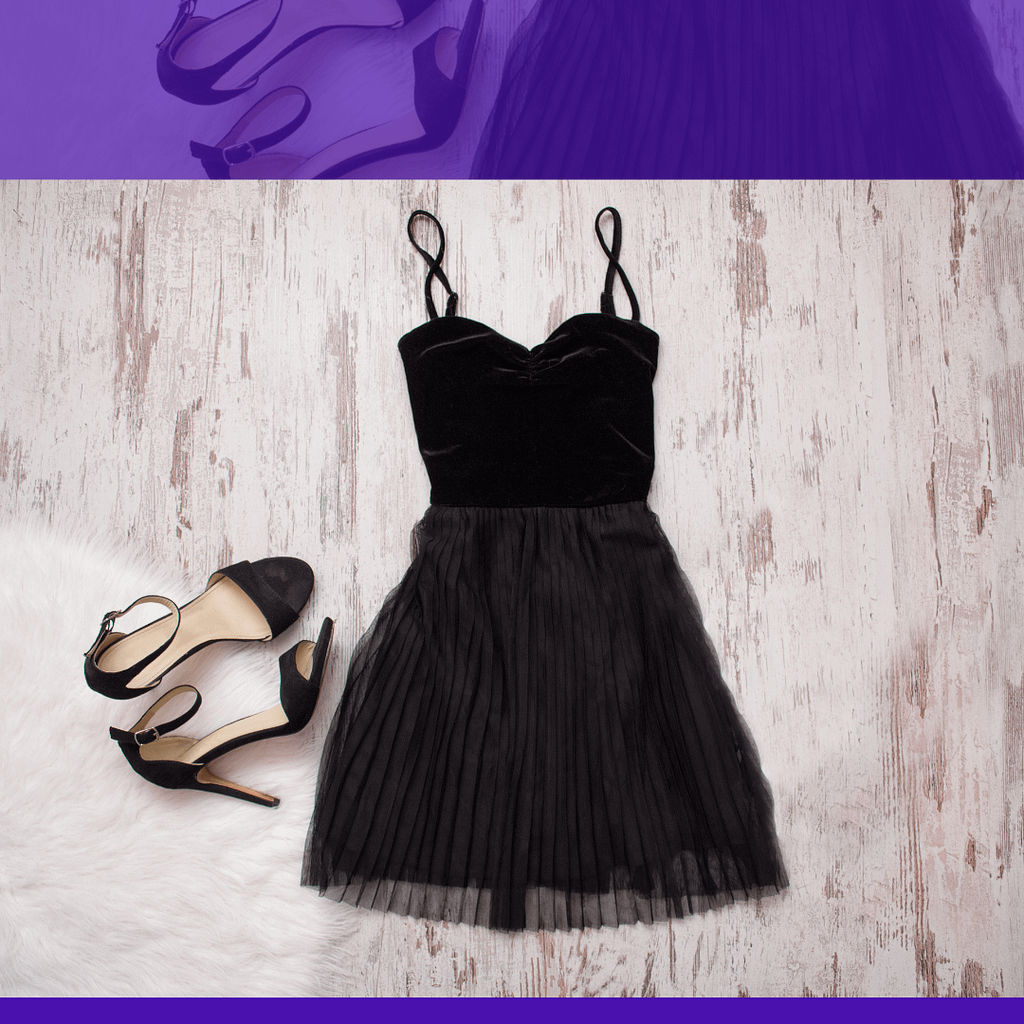
What Clothes Look Expensive (Even if They’re Not)
Looking rich has nothing to do with the price tag. The truth? Most women can look high-end without spending high-end. You don’t need a trust fund — you need taste, attention to detail, and a bit of self-awareness. Here’s what really makes clothes look expensive, even if they came from the middle of a mall.
Fabric Is the First Giveaway
Cheap fabric always gives itself away. It’s stiff, it wrinkles like tissue paper, or it shines in weird lighting. When someone walks by and their pants cling to their legs like static — you know that’s not luxury.
Natural fibers like cotton, wool, silk, and linen instantly elevate an outfit. Even blends can work, as long as they feel soft, breathable, and substantial. Run your hand over it. If it feels scratchy, thin, or plasticky — no.
Texture matters, too. Matte finishes look far more expensive than shiny ones. A heavy-weight cotton shirt can look like it costs three times more than a glossy polyester blouse.
The Fit Is Everything
No outfit looks expensive if it doesn’t fit you properly. That’s non-negotiable. Rich-looking women don’t wear clothes that bunch up at the back, tug at the waist, or swallow them whole.
Tailoring isn’t a luxury; it’s a trick. If the hem hits at the right spot, the sleeves fall perfectly, and the waistline is defined — you’ll look like you had it made for you. Even the simplest outfit becomes elevated when it fits like a glove.
Avoid saggy shoulders, bunchy zippers, and dragging pants. These are instant downgrades. If it doesn’t sit right, it won’t look right.
Color Tells a Story
Loud prints and neon colors usually look cheaper. That doesn’t mean you have to wear beige every day, but saturated colors, earth tones, and black always signal polish.
Monochrome outfits — even in affordable pieces — give off a “put-together” energy. Soft neutrals, deep navies, rich browns, and cool greys are your best friends. If you want a pop, go for deep red or forest green — not bubblegum pink or highlighter yellow.
And most importantly: make sure the white is white. Dingy whites kill expensive vibes.
Details Make or Break It
This is where most people get caught. Cheap buttons, sloppy stitching, shiny zippers — they all scream fast fashion. Take a second look at the hardware on your clothes. Is it flimsy? Is the thread pulling loose?
Minimalism tends to look richer. Clean lines, hidden closures, and subtle hems are what you’ll see on luxury pieces. Stay away from over-embellished items, busy patterns, or anything that feels like it’s trying too hard.
Even how something moves matters. Clothes that drape, glide, or sway slightly when you walk feel luxe. Stiff garments? Not so much.
Care and Confidence Are the Final Touch
Even the nicest piece will look cheap if it’s wrinkled, stained, or covered in fuzz. Taking care of your clothes is the ultimate luxury move. Iron your shirts. Use a steamer. Carry a lint roller. This sounds basic — because it is — but most people skip it.
And then there’s the hardest thing to fake: how you wear it. Confidence changes everything. If you feel uncomfortable or uncertain, no fabric can save you. But if you own it — with posture, calm energy, and intention — the whole outfit rises with you.
